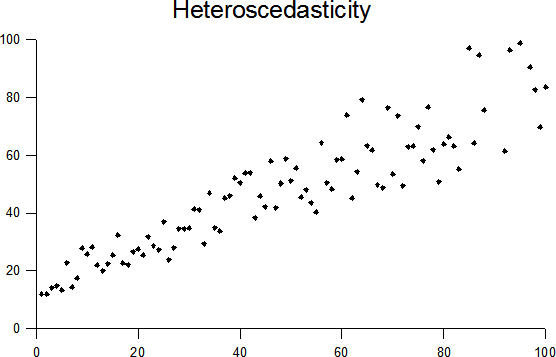Machine Learning: Foundational Assumptions¶
The In-Distribution Assumption¶
Generally: unseen data is drawn from the same distrubtion as your dataset.
Consequence: We don't assume correlation is causation, but we do assume that observed correlations will hold in unseen data.
Model-Specific Assumptions¶
Specific model classes make additional assumptions. For example, linear regression assumes:
- Columns are linearly independent (i.e., one column can't be directly computed from another
- Data is homoscedastic, i.e., the following won't happen:
